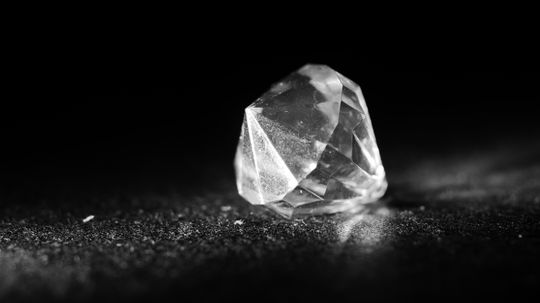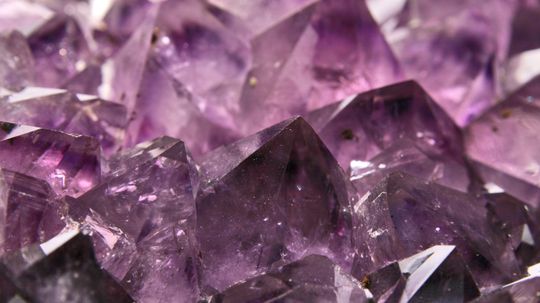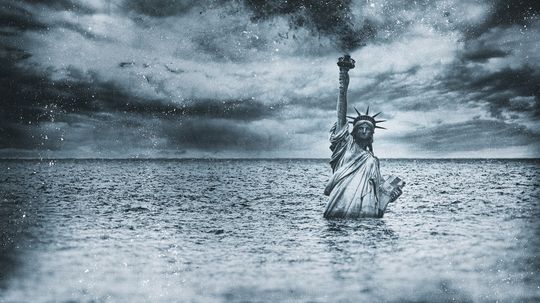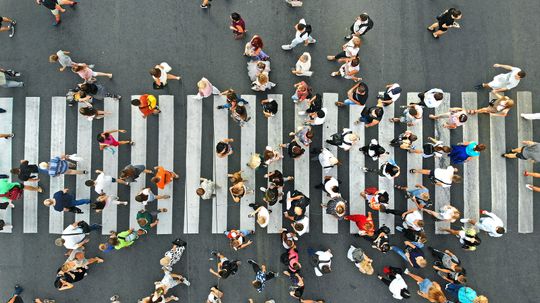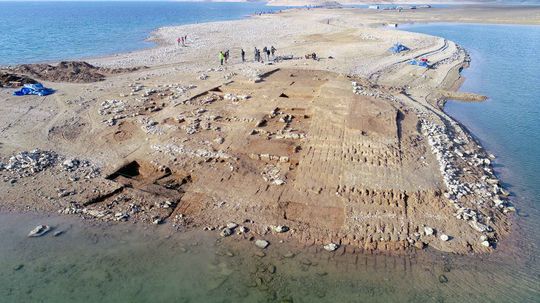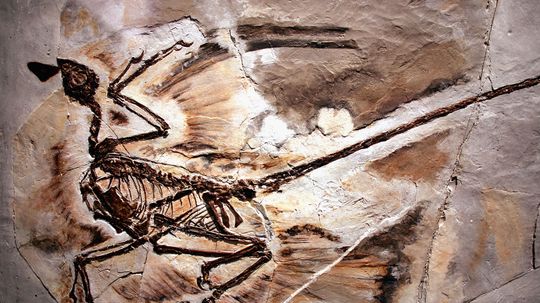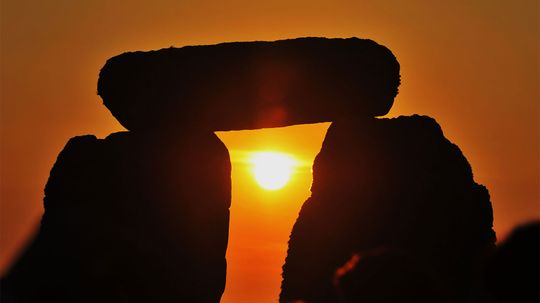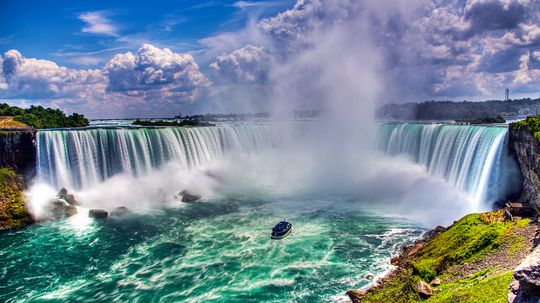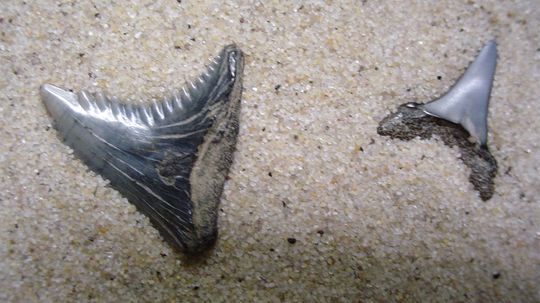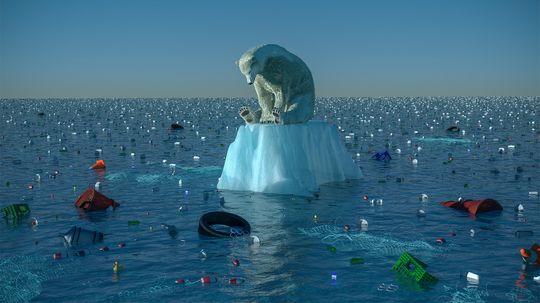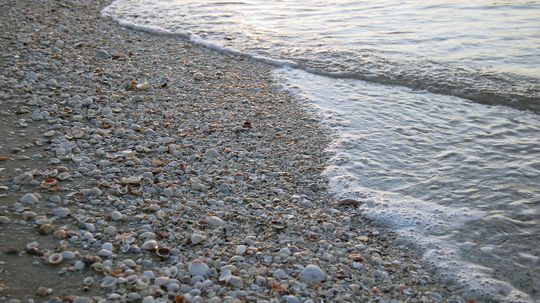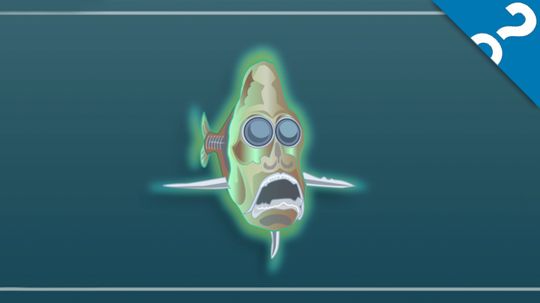Environmental Science
The environment is truly a thing of beauty and should be protected whenever possible. What can we do to save the environment, and what new technology is available to help us?
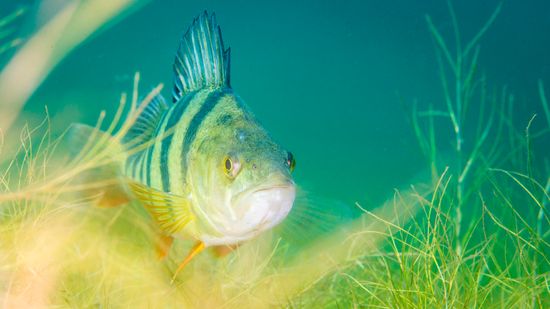
The Fish Doorbell Isn't a Joke ... Seriously
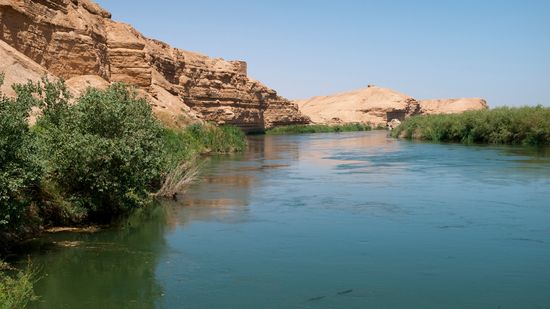
The Euphrates River, at the 'Cradle of Civilization,' Is Drying Up
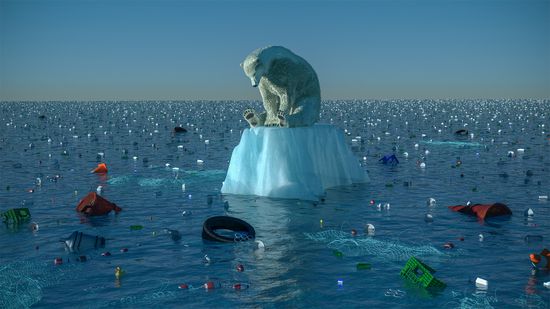
Study Says 2035 Is Climate Change Point of No Return
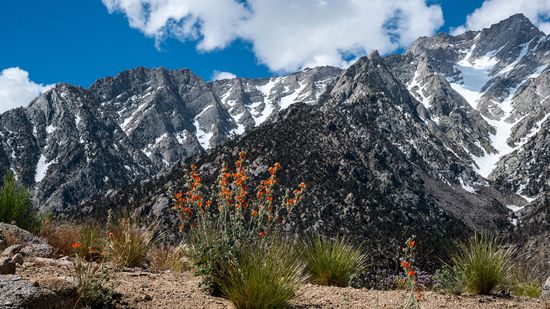
What State Has the Most Mountains in the U.S.? 8 Peak Records
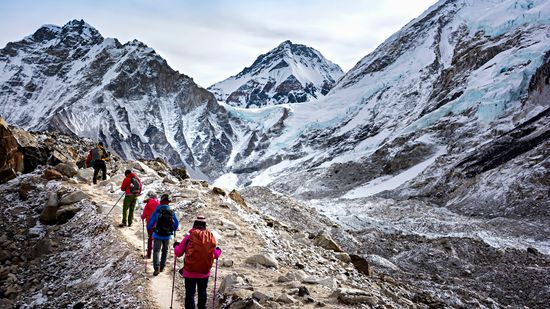
The Most Dangerous Mountain to Climb (and 14 Giving Steep Competition)

15 Types of Gemstones to Add a Little Sparkle to Your Life
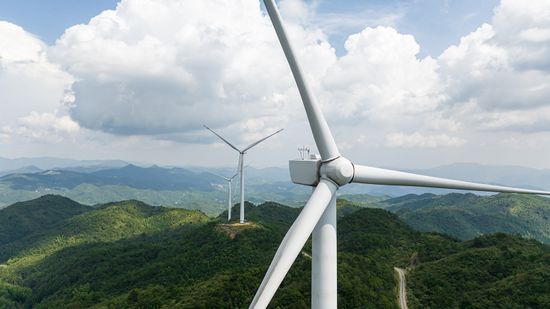
How Many Birds Are Killed by Wind Turbines, Really?

How a Lithium Mine Works and Impacts Local Communities
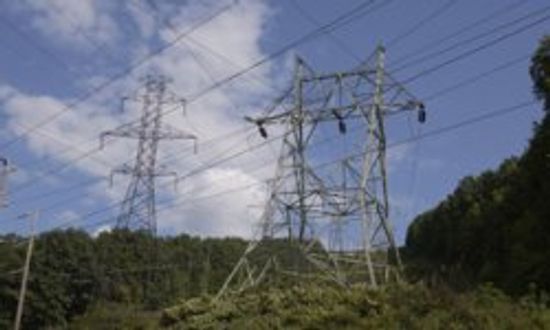
How to Sell Electricity Back to the Grid
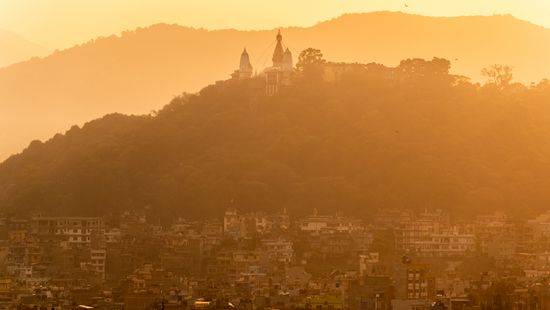
The Worst Air Quality in the World Is in Mountainous Terrain

The World Hits 8 Billion People; Is That Good or Bad?
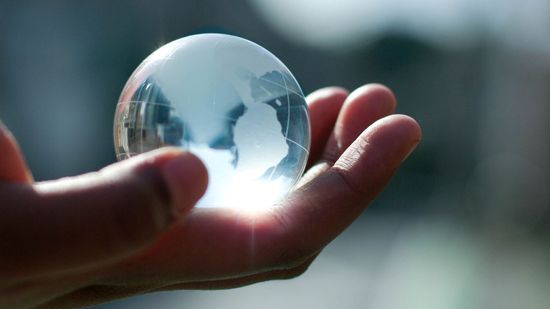
Quiz: Can You Tell Climate Change Fact From Fiction?
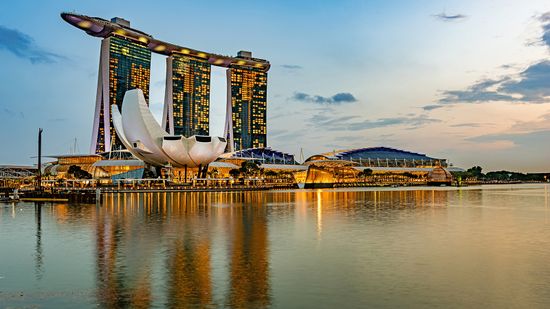
6 Most Futuristic Cities Powered by Renewable Energy
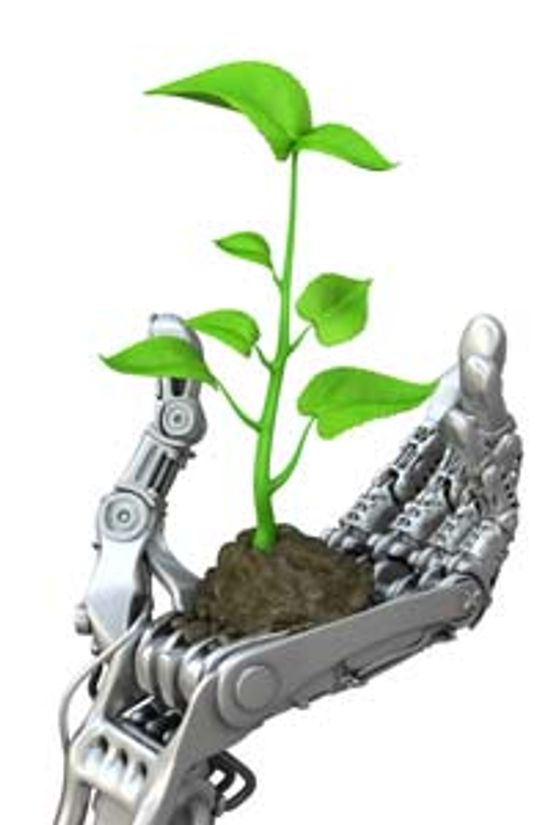
Top 5 Green Robots

5 Things to Consider When Building a Solar-powered Home
Learn More / Page 3
Discover Crystals for Protection: Harness the power of protective stones. Explore their meanings and benefits. Enhance your energy shield today.
By HowStuffWorks
Discover why jade is called the "stone of heaven" across ancient civilizations. Learn how this powerful crystal not only attracts wealth but also heals the heart chakra in ways modern science is just beginning to understand.
By HowStuffWorks
Discover why Red Jasper is called the "crystal of controlled passion" – the surprising way it balances sexual energy while amplifying your manifestation abilities. Learn which chakra it truly resonates with
By HowStuffWorks
Advertisement
Ignite your passion and creativity with carnelian-discover the hidden powers, ancient symbolism, and bold energy behind this fiery stone that’s said to boost courage, motivation, and confidence. Curious how carnelian can transform your life.
By HowStuffWorks
Discover Amazonite meaning: a soothing gemstone of balance. Explore its calming properties and spiritual significance. Dive into Amazonite's world.
By HowStuffWorks
Explore Citrine Meaning - Unveiling Its Power and Significance. Discover the spiritual and healing properties of Citrine crystal.
By HowStuffWorks
Clear quartz holds more than just beauty! Discover its true meaning, explore its healing powers, and learn how it can bring clarity and balance to your life.
By HowStuffWorks
Advertisement
Is Amethyst the right stone for you? Find out how this crystal can help you achieve greater peace, clarity, and spiritual growth. What can Amethyst do for your life? Explore its properties.
By HowStuffWorks
Discover how this mystical stone can bring you wealth, courage, and protection. Is Tiger's Eye the key to unlocking your hidden potential? Find out now and transform your life.
By HowStuffWorks
Discover the mysterious power of Moonstone—the stone of new beginnings, intuition, and emotional balance. Unlock ancient secrets, spiritual benefits, and healing energies that have fascinated dreamers and travelers for centuries.
By HowStuffWorks
Explore Labradorite Meaning: Mystical properties, spiritual insights, and transformation. Uncover the magic of Labradorite symbolism.
By HowStuffWorks
Advertisement
Subsidence, or the decline in the elevation of land surface, is creating a problem for some coastal cities as sea levels rise.
Did you know that the sun shines more energy onto the Earth's surface than all of its inhabitants use in an entire year? Learn how to sell electricity back to the grid.
The world's population is expected to hit 8 billion Nov. 15 2022. Is that too many people or just right?
Here are six surprises that were uncovered around the globe when the heat rose and the water receded.
Advertisement
Birds are - quite literally - living dinosaurs. Our quiz will test your knowledge of the fluffy, downy and winged dinos of the bygone Mesozoic era, from little Microraptor to the enormous Yutyrannus.
By Mark Mancini
Earth is a complex place, and its climate follows suit. That may explain why many of us are still confused about climate change. Think you can tell the facts from myths? Find out with this quiz.
By Mark Mancini
Each year, Earth sees two equinoxes and two solstices. But how much do you actually know about these events? Take the quiz and find out!
By Alia Hoyt
Water surrounds us, falling from the sky and pouring from faucets, and yet many of us never ask where it comes from. The answer stretches way back - before tides and thunderclouds to the big bang.
Advertisement
To honor their prehistoric pasts, most U.S. states have designated official state fossils, ranging from trilobites to dinosaurs. Take our quiz to learn more!
By Mark Mancini
After 2035 it will be extremely unlikely we can stop Earth's temperature from rising enough to kick off a dangerous medley of global disasters.
All that seashell collecting you've been doing actually hurts the environment.
By Mark Mancini
Decades after the massive conflict, reminders of battles linger in pristine Pacific waters.
Advertisement
The ocean's depths are one of the most mysterious areas on the planet - and the inhabitants of this murky domain are stranger than anything you'll find on land.
Decades of fossil discoveries have revealed much about the extinct members of our hominid family tree, but we're far from having all the answers. What have we learned from some of these fascinating finds?
By Jane McGrath






